Summary
This lecture focuses in brief on the history of the critical editing of Islamic manuscripts, to include present and future research, with particular attention given to works conducted by orientalists. In this book the author highlights the skills of an editor involved in critically editing a manuscript. He also lists the most important characteristics required of a professional editor. The author explains the methodology used by orientalists in their criticism of Arabic texts. The methods used by scholars of Az’har in critically editing manuscripts are also presented. The book addresses a number of areas related to the field, such as the main problems faced by practitioners, how to work with a manuscript, and technical issues such as ‘when to bring out draft sections of a text when the corrected version is present’. The book emphasises the importance of ijāzāt (licences), samāʿāt (verified listening), tamalluk notes (noted ownership of the manuscript), waqf (endowments) and the knowledge of the terminology involved in critically editing. The author also discusses the historical relationship between the printing press and critical editing. This includes a look at how the widespread use of paper and the progress in printing affected book publication. The author also makes an acknowledgement of the substantial contribution of orientalists to the field in critically editing Arabic texts.
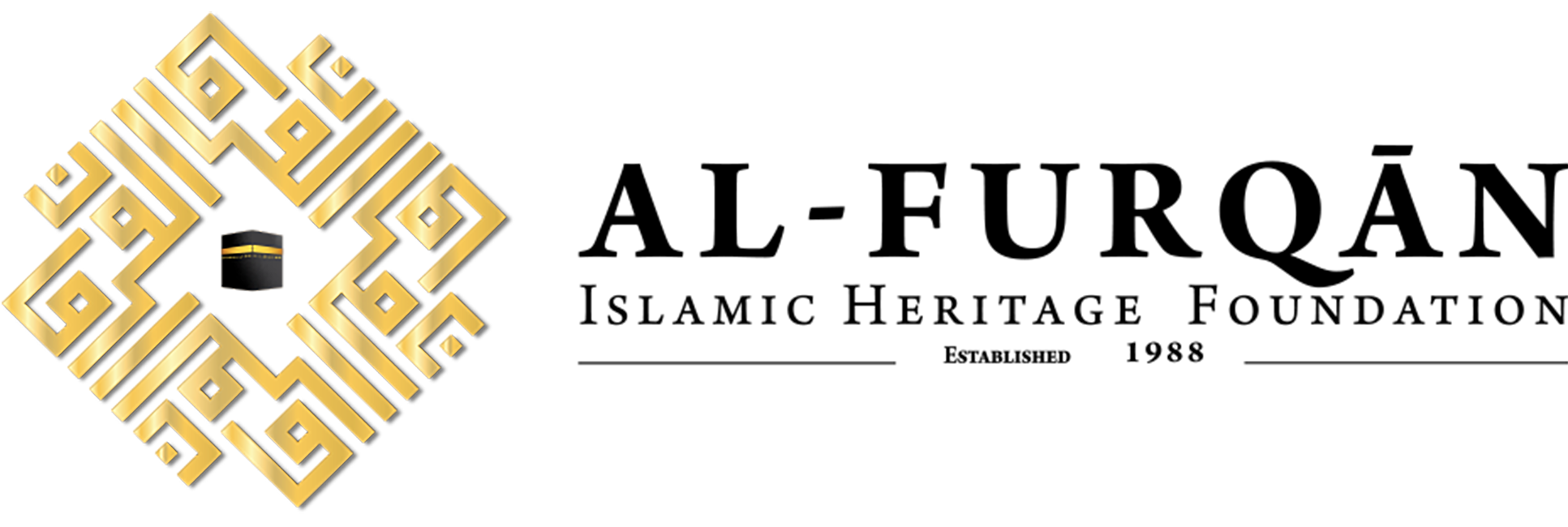

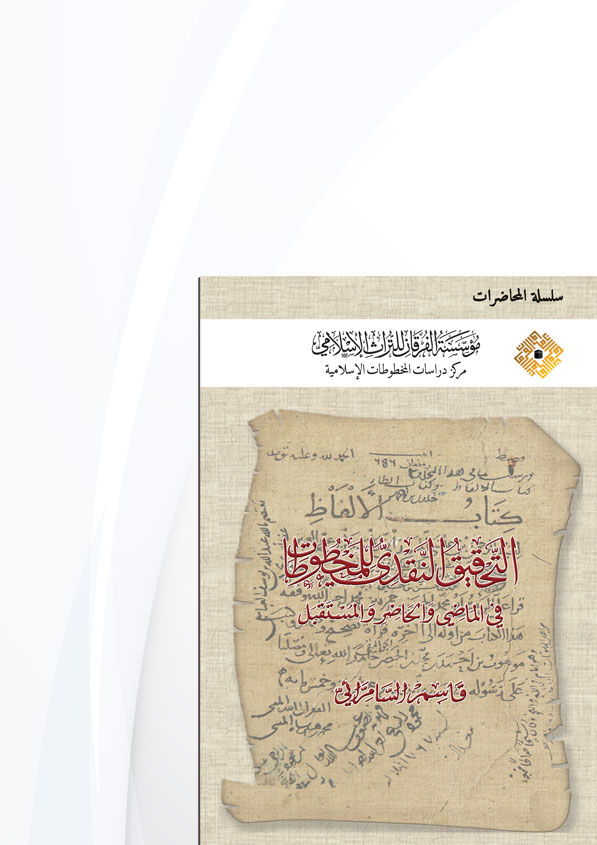
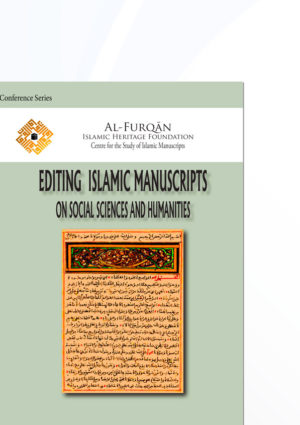
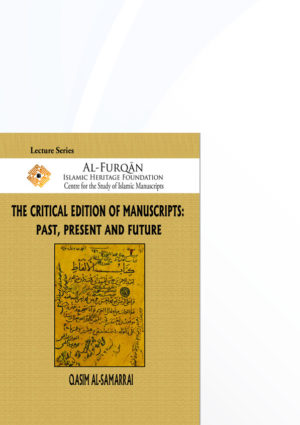
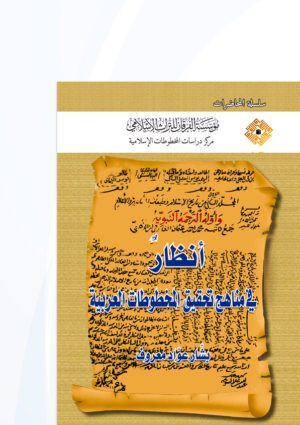
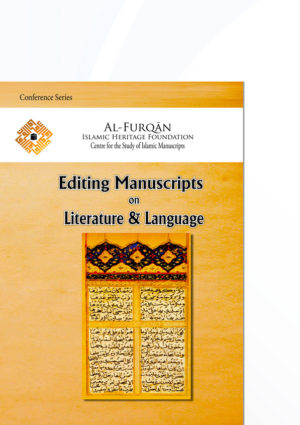
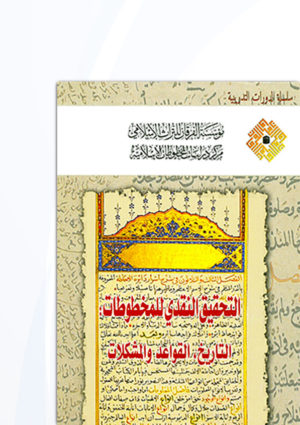
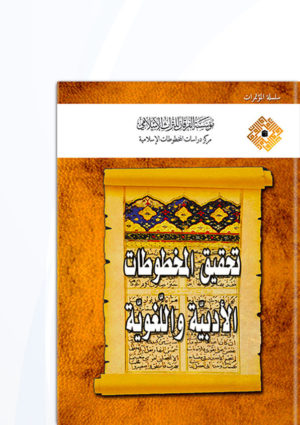
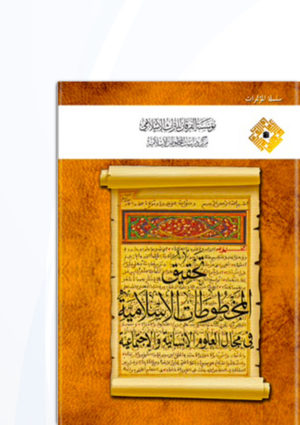
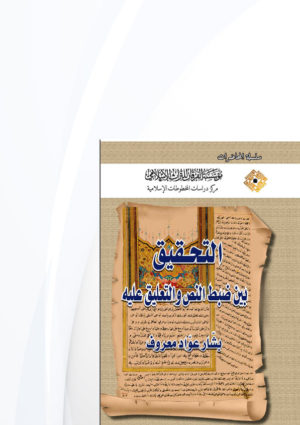
Reviews
There are no reviews yet.